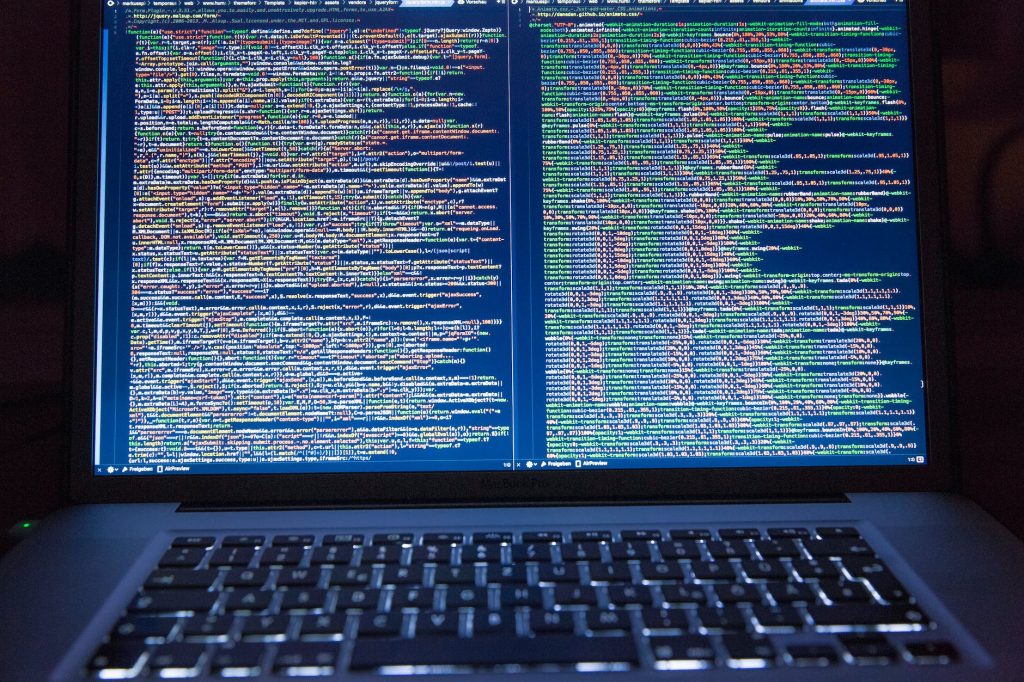In the ever-evolving landscape of collaborative work, data integrity and version control are paramount. Real-time file versioning and recovery solutions have emerged as vital tools to safeguard the integrity of data in collaborative environments. This article explores the significance of real-time file versioning and recovery, highlighting their benefits, applications, and considerations.
Understanding Real-Time File Versioning and Recovery
Definition
- Continuous Tracking: Real-time file versioning involves the automatic tracking and saving of every change made to a document or file, creating a historical record of revisions.
- Efficient Recovery: Recovery allows users to revert to previous versions of a file in case of errors, data loss, or unintended changes.
Key Components
- Automatic Versioning: Changes are recorded automatically as users collaborate on a document.
- User-Friendly Interface: Intuitive interfaces enable users to view and restore previous versions effortlessly.
The Benefits of Real-Time File Versioning
Data Integrity
- Error Mitigation: Users can undo accidental deletions or modifications quickly.
- Conflict Resolution: Conflicting changes can be resolved by referring to earlier versions.
Collaborative Efficiency
- Parallel Editing: Team members can work simultaneously without worrying about overwriting each other’s changes.
- Streamlined Communication: Version histories serve as a reference, reducing the need for lengthy explanations.
Disaster Recovery
- Data Loss Prevention: Backup and recovery features protect against data loss due to system failures or cyberattacks.
- Business Continuity: Rapid data recovery ensures minimal disruption in case of data corruption.
Applications Across Industries
Content Creation
- Publishing: Authors and editors collaborate seamlessly on manuscripts and articles.
- Design: Graphic designers maintain version histories of creative projects.
Software Development
- Code Collaboration: Developers can review, merge, and roll back code changes.
- Bug Tracking: Bug reports often include information about specific software versions.
Project Management
- Documentation: Project managers keep track of project-related documents and plans.
- Collaborative Editing: Team members edit project reports and proposals concurrently.
Considerations and Challenges
Storage Capacity
- Data Growth: Frequent versioning can consume substantial storage space.
- Cost: Organizations may need to invest in scalable storage solutions.
Security
- Access Control: Limiting access to version history is crucial to prevent unauthorized changes.
- Encryption: Data should be encrypted to protect sensitive information.
The Future of Real-Time Versioning
AI Integration
- Predictive Versioning: AI algorithms may anticipate and suggest versioning based on user behavior.
- Enhanced Collaboration: AI-driven insights may improve collaborative workflows.
Cross-Platform Compatibility
- Universal Solutions: Future versions may offer compatibility across various software and platforms.
Conclusion
Real-time file versioning and recovery are indispensable tools in the world of collaborative work. They enhance data integrity, streamline teamwork, and provide a safety net against data loss. As technology advances, the integration of AI and improved cross-platform compatibility will likely further elevate the role of real-time versioning in collaborative environments.


